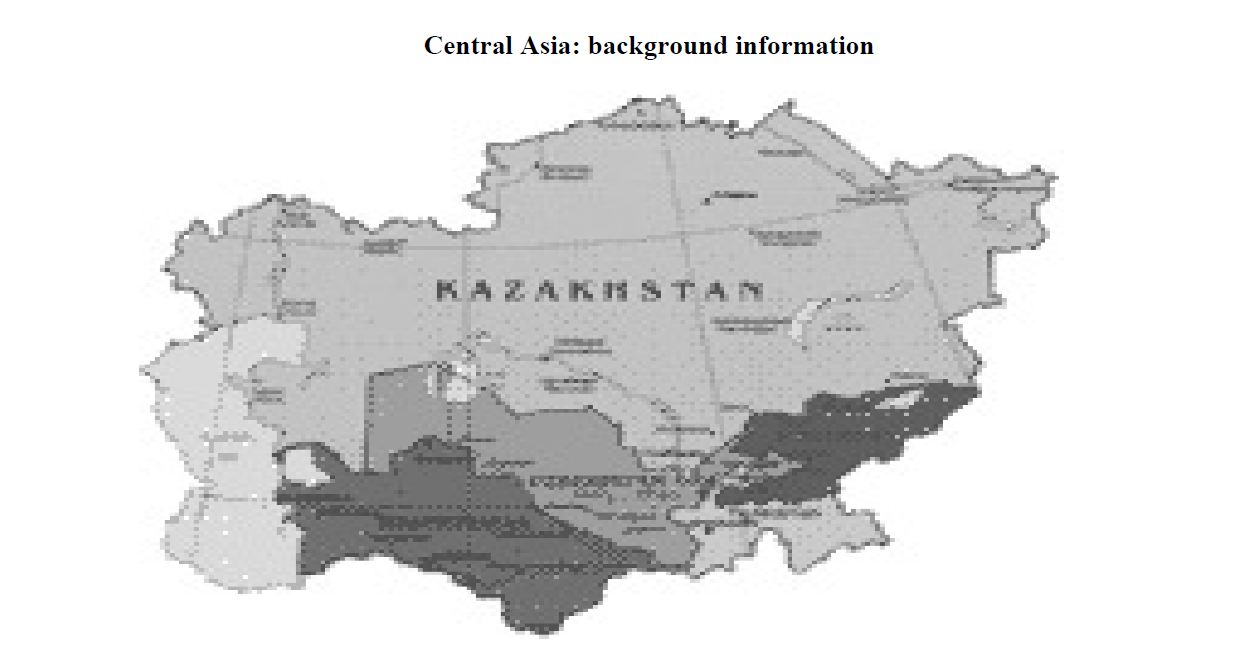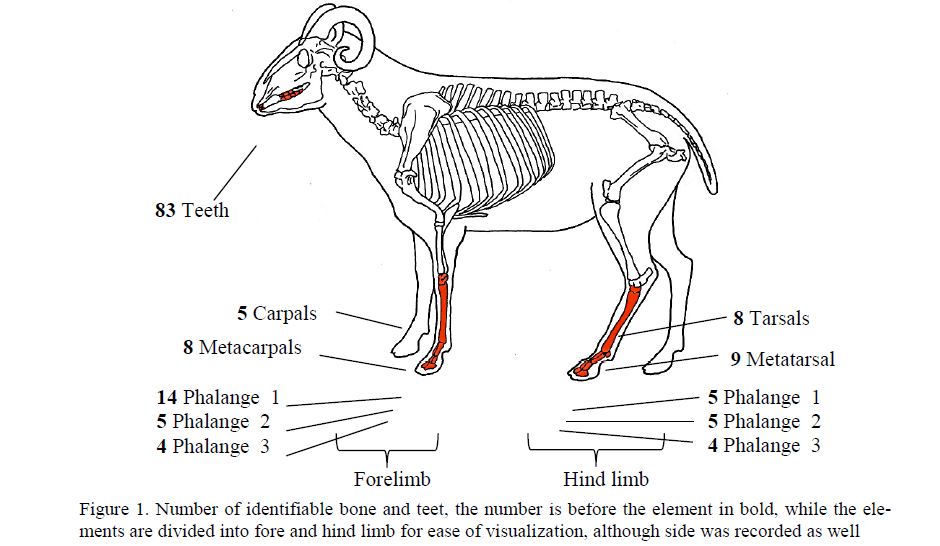Exploring the history of tuva-mongolia linkages in the context of sino-russian/soviet rivalry
Just two years ago in 2007, the Siberian Republic of Tuva figured prominently in the Russian news as it was preferred out of 88 regions by the then Russian President Vladimir Putin to host Monaco Prince Albert II for a three-day holiday [1]. The fact that Tuva’s importance lies in its cultural richness and natural beauty must have attracted Putin to spend holidays with his guest there. Covering an area of 170,500 sq. kilometers with its capital Kyzyl formerly known as Belotsarsk, Tuva, previously known as Tannu Tuva is located in the geographical «center» of Asia where the Siberian and Central Asian landscapes congregate, i.e., in the south-eastern Siberia in the region of the Enisei (also spelled Yenesei) river. Moreover, the whole area is separated from Mongolia by the Tannu Ola range and from Russia by the Sayan range of mountains. Otherwise known as Uryankhai [2], whose indigenous inhabitants are connected with the Mongols, is now the smallest and most remote republic of the Russian Federation, situated at a distance of 1,000 kilometers south of the Siberian super city of Krasnoyarsk. From the eighteenth century onwards due to its strategic location of being in the zone of Sino-Russian rivalry, Tuva emerged as a geo-political entity, which finally came under Moscow’s sphere of influence in 1944 [3].
2009
Dr. Sharad K.Soni



